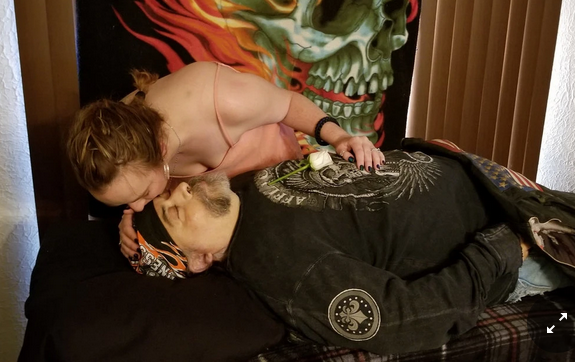A couple of articles and editorials were printed in The New York Times this month on Grieving. An editorial by Sian Beilock, President of Barnard College, ‘No Right Way to Mourn’, was particularly insightful concerning society’s attitudes toward the death of public figures and those whom we may know casually or simply ‘know of’. She was, rightly, adamantly opposed to (not surprising in this age of social media) the ‘public shaming’ that went on after Kobe Bryant died. She expressed frustration with those who criticized others for the way in which they handled the tragedy; for example some thought all public events that day, such as the Grammys, should have been cancelled, or LeBron James should have posted sooner. She also wrote about the tragic murder of a Barnard freshman, Tess Majors, which had affected the entire campus. There is no place for shaming concerning a public figure, unless the action being criticised is disrespectful. Even then there exist today different definitions of respect. So think before you speak or write.
For those who may have only known about Ms Majors death or known of her, many felt uncomfortable about the question as to how to live their daily lives in the aftermath of the tragedy. My wife, who is the Ethicist in the family, as Kate is in Sun Valley Moon Mountains, coined an acronym: PES. Proximity of Empathic Sensitivity. Basically, the closer we are to the tragedy the more it hurts. Obvious in a way, but if that little psychological algorithm did not exist we would all go mad over every death. But as King Priam of Troy said to Achilles who mourned for his friend Patroclus, “eat, for that is the business of the living.” We have to try to live our lives and let time heal.
Sian Beilock said: “Everyone responds to death differently…”. True enough, as is the corollary that every single death is unique to each person in the response they have. One might mourn the loss of their mom in a different way than they mourn their dad. This is a point that, again, is made in Sun Valley Moon Mountains. Jaq and Kate lost Ur, as Linda and I lost Katie. But our paths to healing were different. Linda, and Kate, mourned while their daughters lived. I only began to grieve deeply after Katie died. This is something that is important to be recognized. One person may be having a ‘good day’ while the other is not. ‘Out of phase’ would be the term in physics. Surprisingly we both reached the same answer to the question of ‘why’. You can read more about this in my earlier Blog post, ‘God, Grief and the Tao te Ching’. Even then some people were upset with our conclusion. ‘We didn’t believe in Heaven’? ‘We didn’t believe God took her because he needed her?’ No and NO. My advice, as was Dr Beilock’s, is to “Let it Be” and allow people to find their own way of explaining a tragic death and responding to it.
On a lighter note, ‘iPhone at the Deathbed’, by Penelope Green looked at the changing customs in America surrounding death and the recently departed. Dressing the dead in their favorite togs, taking pictures of the dead to share online and having ‘wakes’ in private as opposed to funeral homes was discussed. BTW, did you know where the terms, ‘living room’ and ‘funeral parlor’ came from? Well, what we call living rooms used to be called parlors until about 1910 when embalming became more common. So the ‘parlor’ became a ‘room for the living’ and funeral homes were tagged with the moniker ‘parlor’. And photographing the dead and the dead with the still living was not uncommon in the 19th century.
Customs evolve but death is always waiting for each and every one of us. Linda and I found ‘black humor’, which would horrify some, a balm. Do it your own way and ‘Let it Be’ when it comes to everyone else.
